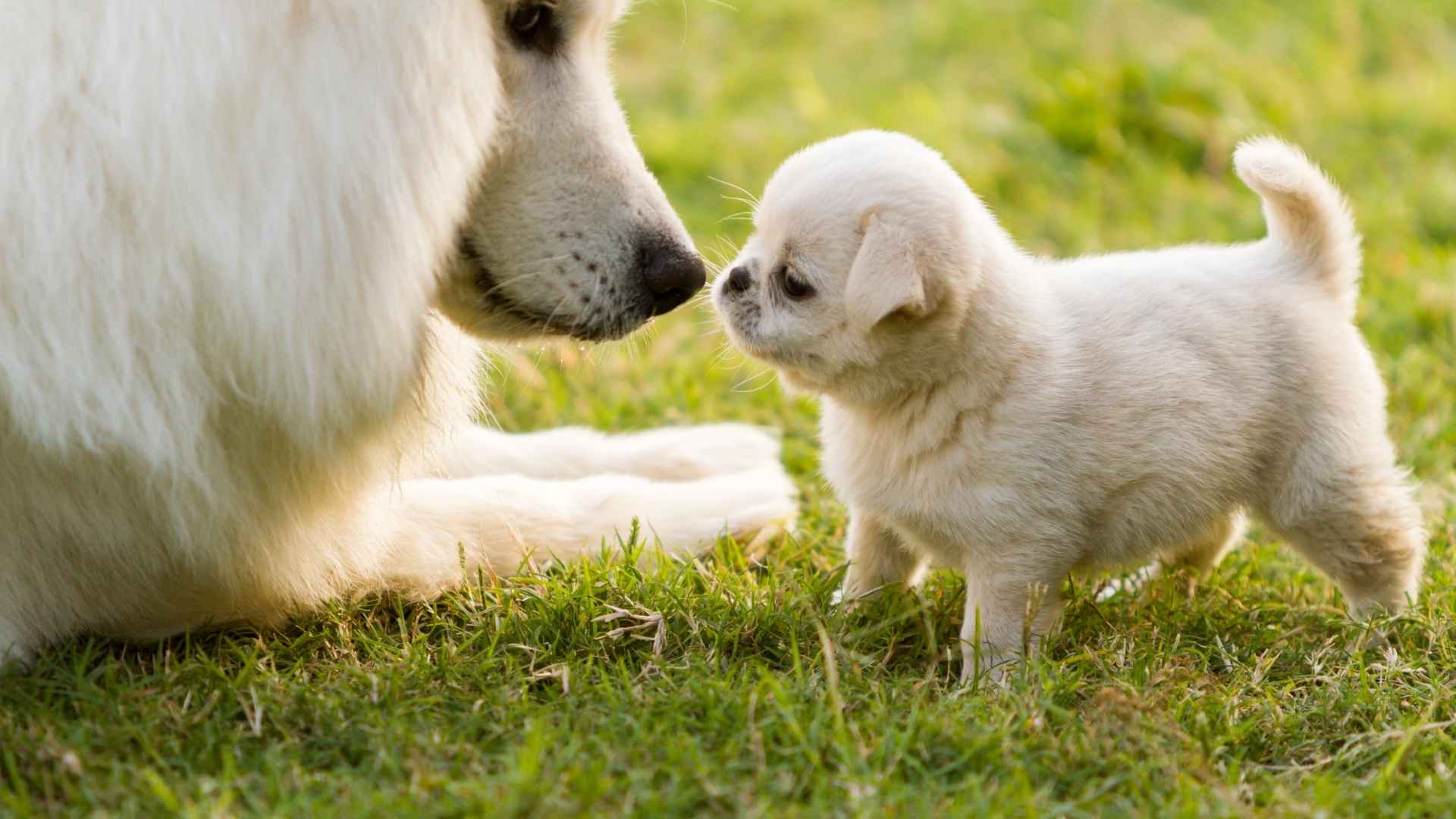Have you ever wondered if those tiny, adorable teacup dogs can live peacefully with other dogs? It’s a valid concern, especially in multi-pet households.
Whether you’re adding to a family of other pets or starting with your first small dog, selecting a teacup breed known for friendliness is crucial. These breeds typically come from toy breeds with histories of being pack dogs, meaning they’re used to cohabiting with other animals.
In this article, we’ll explore the following breeds in detail, looking at why they’re considered teacup dog breeds that are good with other dogs. Each offers its own charm, making the decision of which pup to bring home a truly informed decision.
Teacup Dog Breeds Good with Other Dogs
1. Bichon Frise
The Bichon Frise is a cheerful little dog that thrives in social settings. Originally bred to be a companion, it’s a perfect match for homes with multiple dogs.
Their soft, flowing coat and bubbly personality make them irresistible to both people and pets. They greet other dogs with tail wags and play bows.
These pups are naturally friendly and rarely show aggression. That makes introducing them to other animals smooth and simple.
They love playtime but aren’t overly energetic, making them a great match for both puppies and older pets. You’ll find them cuddling more often than causing chaos.
With their compact size and happy-go-lucky attitude, Bichons fit well in homes where space or calm interaction is a priority.
Socializing is easy because they enjoy new experiences. From puppy classes to playdates, they take it all in stride.
Additionally, their low-shedding coat and gentle nature make them easy to care for and love. Truly a gem in the dog world.
2. Shih Tzu
Shih Tzus have been winning hearts for centuries. Originally bred for royalty, these little dogs are gentle, calm, and incredibly affectionate.
Their sweet disposition makes them ideal for living with other dogs and even cats. They aren’t bossy or territorial.
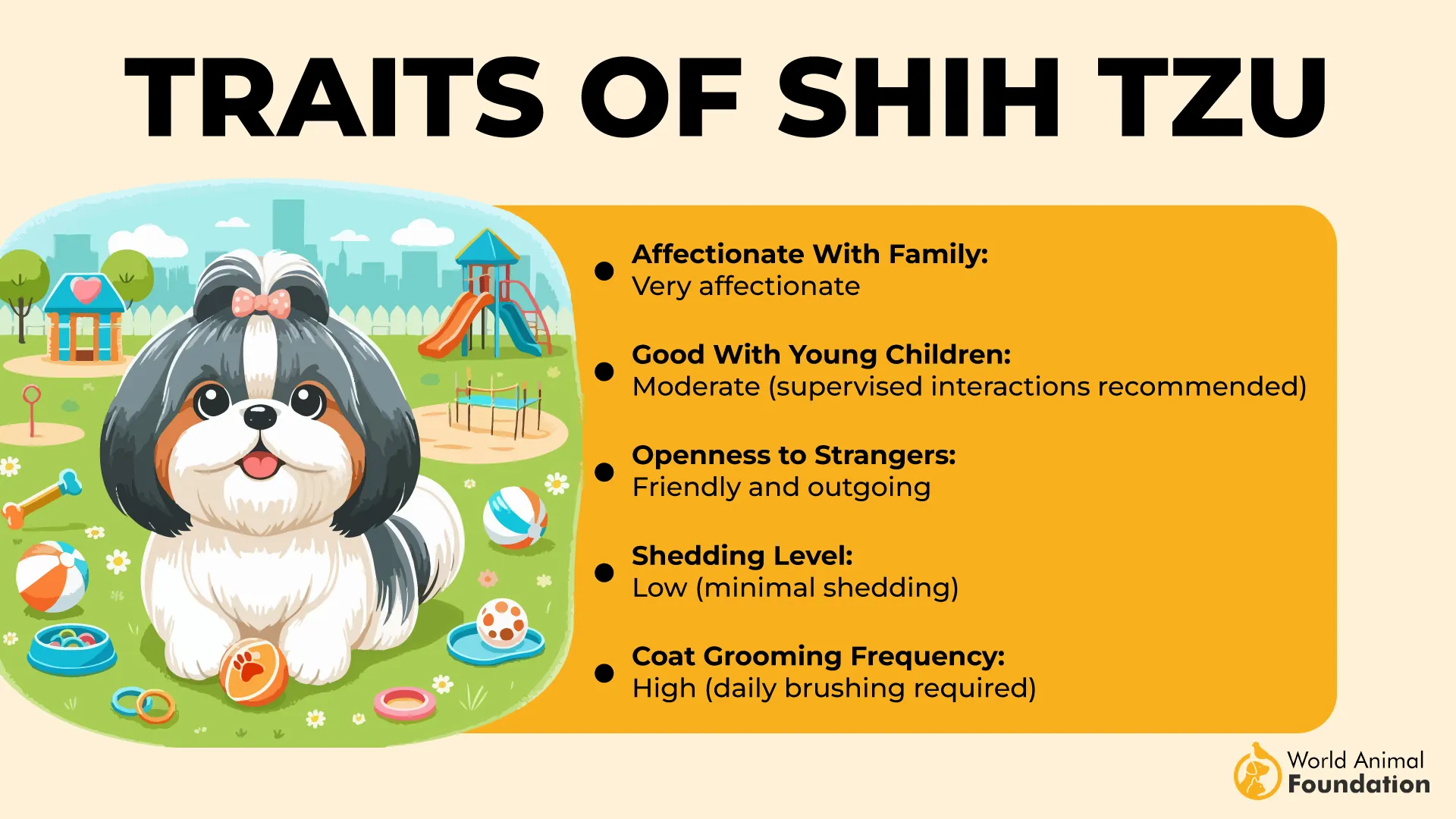
According to AKC, Shih Tzu can form close bonds with other pets, whether they’re tiny dogs or big dogs. Their nature is cooperative, not competitive.
They have moderate exercise needs and enjoy short walks or indoor play. Their compatibility with other animals makes everyday life easier.
Their long coat needs grooming, but that’s a small price for such a loving, peaceful companion.
They don’t bark unnecessarily, which means less chaos in a multi-pet household. Harmony is their default.
Proper training from a young age ensures they respect boundaries, share space, and enjoy the company of other breeds.
3. Pug
PetMD says pugs bring humor, affection, and charm into any household. Their compact build and big personality make them stars among teacup breeds.
Teacup pugs are extremely social with both humans and animals.
Pugs enjoy being part of a group, be it other dogs or the entire family. They’re not known to be jealous or clingy. They’re great for playtime and can keep up with other dog breeds.
Pugs are peaceful by nature and don’t assert dominance. They’re true lovers, not fighters.
Training is fun with pugs, especially since they respond well to praise and treats. Mental stimulation is key.
Their silly, mischievous streak adds to their charm. Whether with puppies or senior dogs, they get along beautifully.
4. French Bulldog
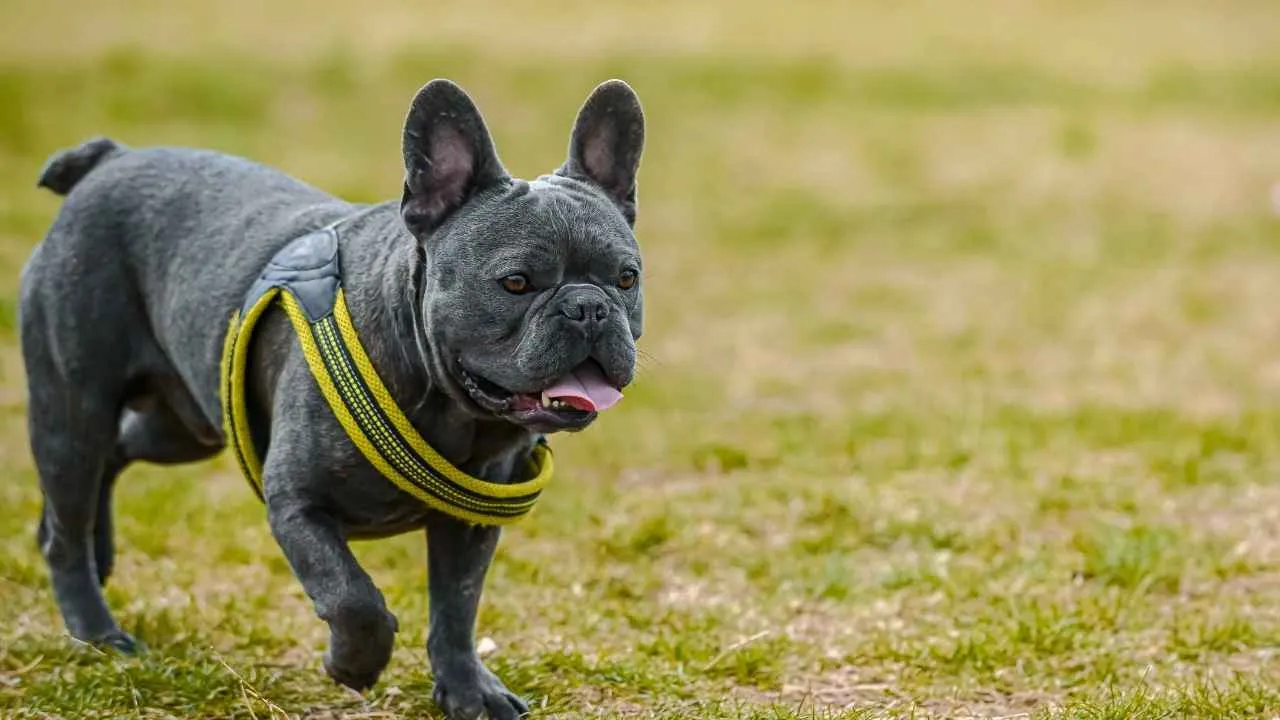
French Bulldogs, or Frenchies, are known for their sturdy build and loving nature. Despite being compact, they are courageous and calm.
They’re excellent additions to homes with other pets. Their behavior is predictable and stable—ideal for families with children or multiple dogs.
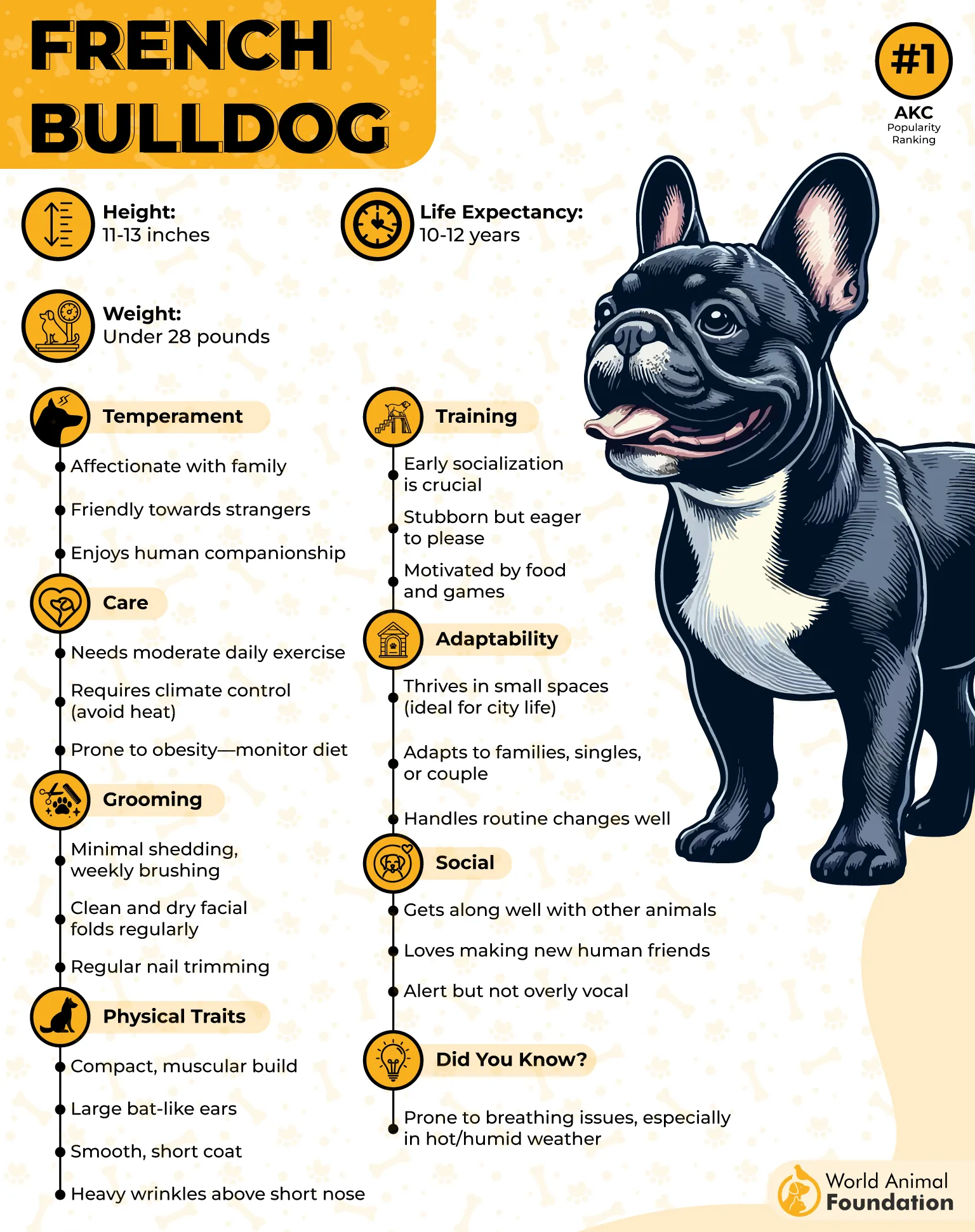
Britannica notes Frenchies were not bred for herding or hunting, so their instincts are companion-based. That reduces the chance of aggressive behaviors.
They often enjoy relaxing with other pets more than engaging in vigorous play. Their calm nature helps them blend in easily.
Their small size and quiet demeanor make them suited for apartments and shared spaces.
Socialization is important, but once trained, they become some of the best dog breed companions for other animals.
They bring a unique blend of affection and chill to any group of pets.
5. Papillon
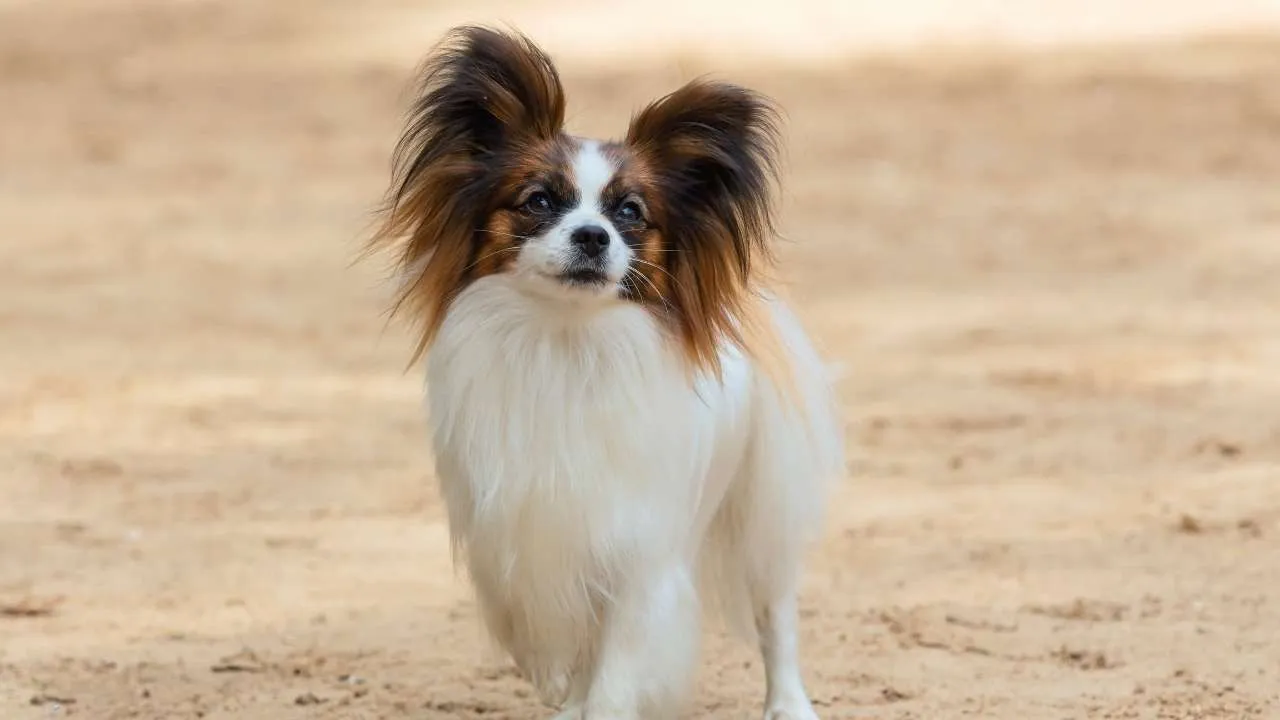
Papillons are confident, bright, and incredibly friendly. Known for their wing-shaped ears and small stature, these tiny dogs have giant personalities.
Their adaptability makes them perfect for homes with other dogs. They quickly assess situations and adjust their behavior to suit their companions.
They enjoy games and thrive with proper training and mental stimulation. Social pets like Papillons love group activities.
Their curiosity ensures they engage with both people and pets. Whether it’s a playful pup or a lounging cat, they want to be friends.
Papillons are one of the few small dog breeds that can hold their own in agility and obedience training.
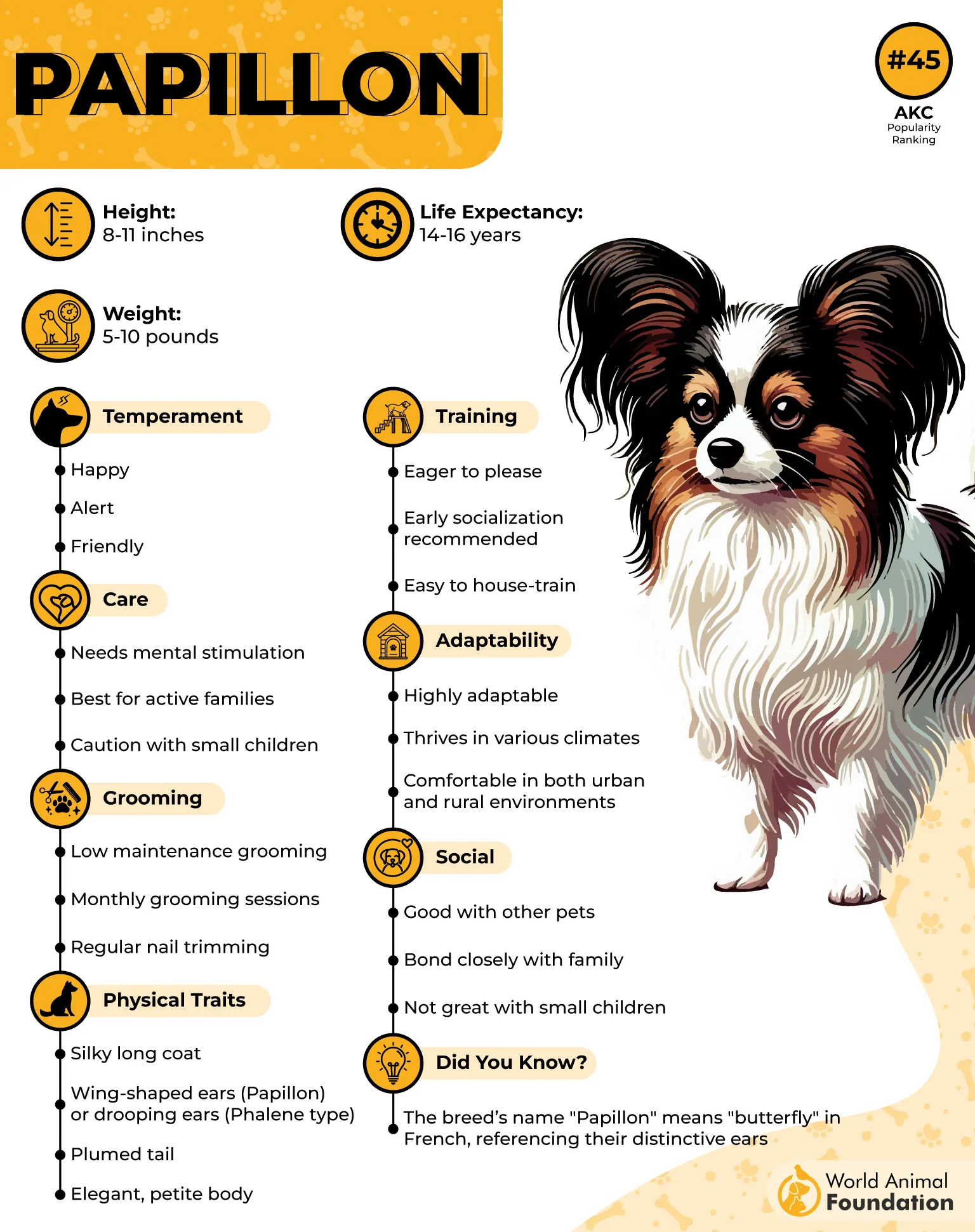
These little dogs are easy to groom, easy to train, and easy to love. They fit into family routines effortlessly.
Their intelligence and charm make them excellent in both quiet homes and lively, active ones.
6. Maltese
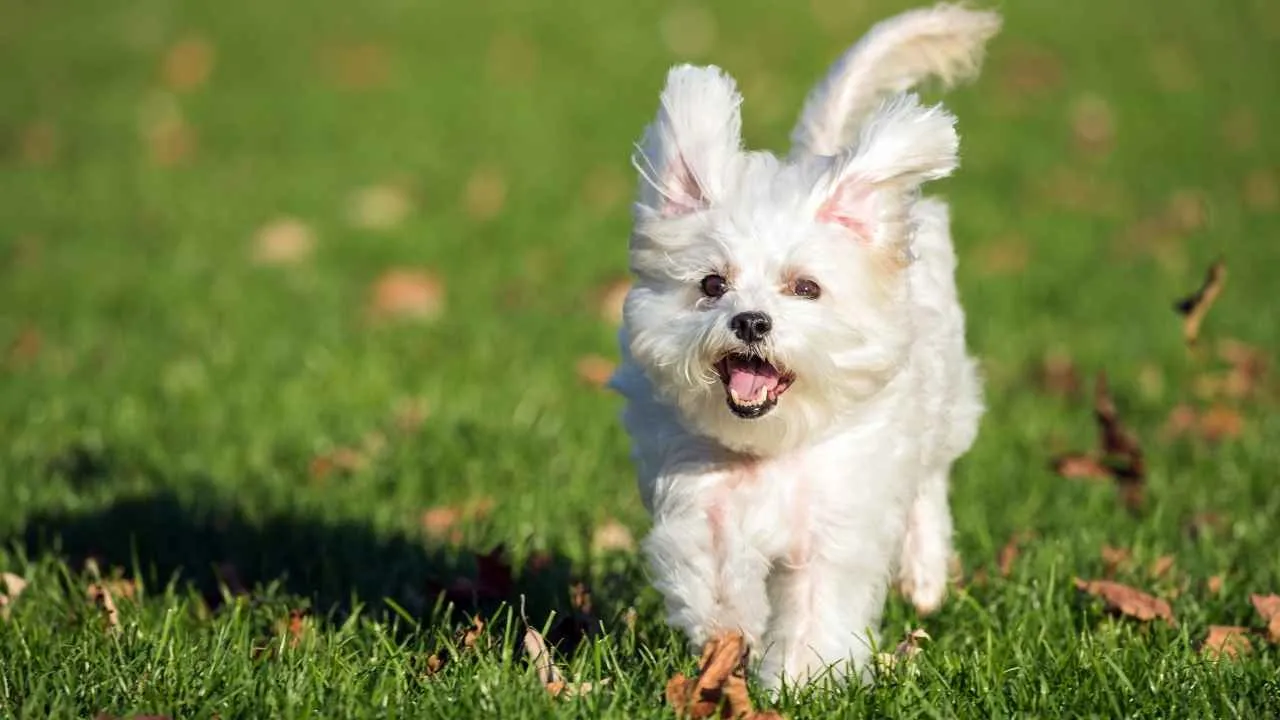
The Maltese is a teacup dog breed with a heart full of love and a long, silky coat. These elegant dogs were originally bred to be companions.
They adore company, whether it’s people or other dogs. They’re not shy about making new friends.
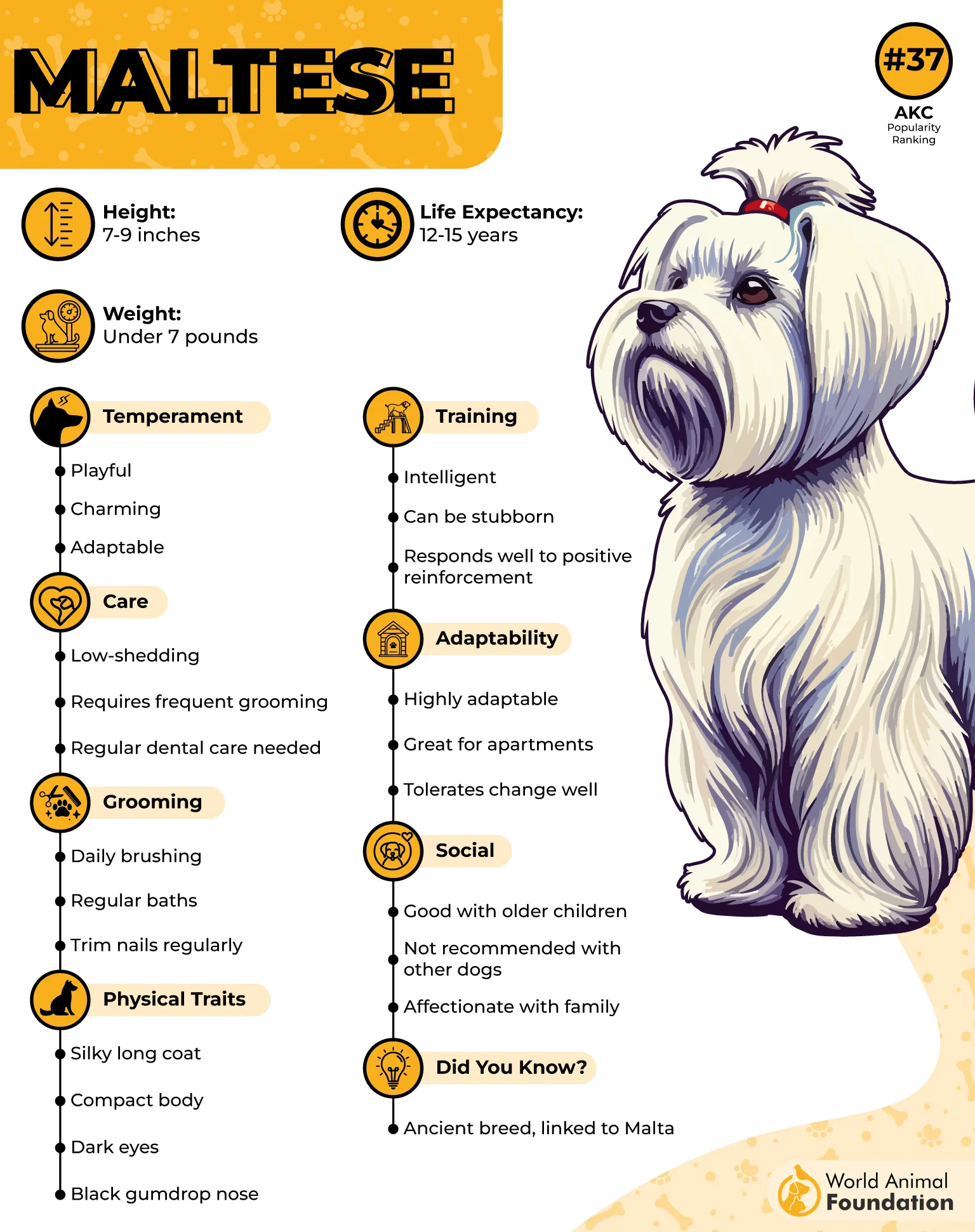
Their gentle nature makes them perfect for homes with other small dogs or even big dogs.
They are affectionate without being overwhelming. Maltese dogs enjoy quiet bonding time and low-key play.
Thanks to their small size, they’re less intimidating to existing pets and integrate easily into households.
Training is smooth when started early. They quickly learn how to respect other dogs’ boundaries. With their calm demeanor and elegant appearance, they truly enhance the joy of living with multiple dogs.
7. Poodle (Toy or Miniature)
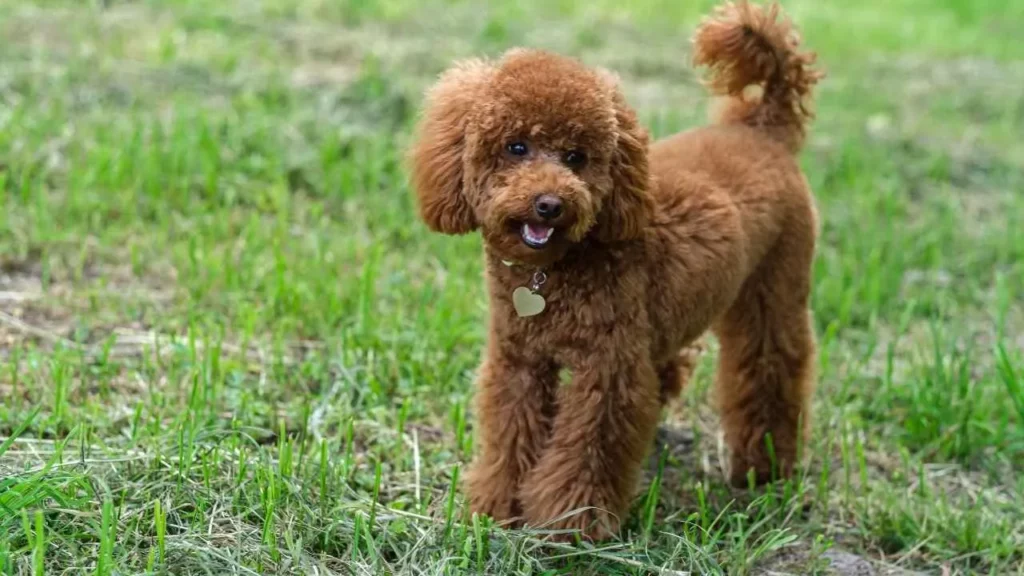
Toy and Miniature Poodles are celebrated for their brains and grace. These pups are small in size but huge in personality.
They blend beautifully into homes with other animals. Poodles get along easily.
Originally bred for retrieving, they retain intelligence without being aggressive. This helps them navigate social dynamics well.
They’re often pack leaders, but not in a dominant way. They bring balance and help guide younger pups.
You’ll love how quickly they learn commands and adapt to routines that include multiple dogs.
These dogs are hypoallergenic and low-shedding—great news for households with a vacuum cleaner always on standby.
They make training fun and relationships strong. Add one to your litter, and your entire family will thank you.
Conclusion
Teacup dog breeds are good with other dogs, making them an excellent choice for anyone expanding a multi-pet household. From the affectionate Bichon Frise to the highly trainable Toy Poodle, each toy dog breed brings something special to the pack. These teacup dogs, also known as toy breeds or small dogs, are sociable, loyal, and ideal for families seeking to add more than one small dog or puppy to their lives.
While several breeds, like the Shih Tzu and Maltese dog, were originally bred as companion pets, others, like teacup Yorkies and teacup Maltese, now top the list for first-time dog owners. With proper training and early socialization, even a mischievous streak can turn into a charming quirk. Their small stature means easier handling and reduced chances of conflict, especially with existing pets or other animals, such as cats.
Whether you live with a Great Dane or a Cocker Spaniel, introducing a teacup poodle or a Yorkshire Terrier can still go smoothly. Ensure that any new puppy is properly socialized and receives mental stimulation. With little dogs, health issues can arise, so always consult breed standard guidelines and steer clear of unscrupulous breeders.
This informed decision ensures a lifetime of affection, shared play time, and peaceful coexistence. These small-breed pups are more than cute—they’re companions who bring harmony to your family, no matter how many other breeds or pets you already have.


